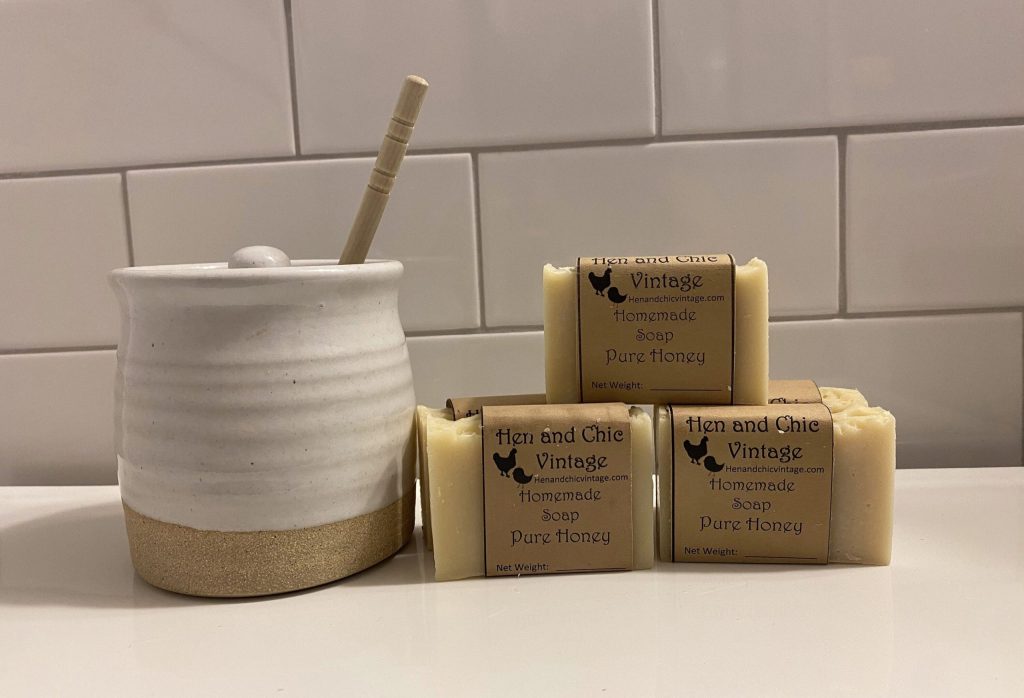Introduction
Making your own pure DIY soap is a rewarding and eco-friendly way to ensure that you use natural ingredients on your skin. Unlike commercial soaps filled with synthetic chemicals, homemade soap offers a healthier and customizable alternative. In this guide, we will explore the benefits, ingredients, and step-by-step process of making pure DIY soap, along with some expert tips and FAQs.
Benefits of Pure DIY Soap
1. Chemical-Free and Skin-Friendly
Commercial soaps often contain harsh chemicals that strip the skin of its natural oils. DIY soap, on the other hand, is made with natural ingredients that nourish and protect the skin.
2. Customizable Ingredients
You can choose the best ingredients suited for your skin type, whether it’s moisturizing oils, essential oils, or natural colorants.
3. Eco-Friendly and Sustainable
By making your own soap, you reduce plastic waste and avoid harmful substances that can harm the environment.
4. Cost-Effective
Homemade soap can be more affordable than store-bought organic soap, especially when made in batches.
5. Therapeutic and Fun Activity
Soap-making can be a relaxing hobby, allowing creativity in designing and scenting your own bars.
Essential Ingredients for DIY Soap
- Base Oils: Coconut oil, olive oil, shea butter, palm oil, castor oil.
- Lye (Sodium Hydroxide): Essential for the saponification process.
- Distilled Water: Used to dissolve the lye.
- Essential Oils: Lavender, peppermint, eucalyptus, tea tree (for fragrance and therapeutic benefits).
- Natural Colorants: Activated charcoal, turmeric, spirulina, beetroot powder.
- Additives (Optional): Oats, honey, dried flowers, clay, or exfoliants like coffee grounds.
How to Make Pure DIY Soap: Step-by-Step Guide
Step 1: Prepare Your Workstation
- Wear gloves and safety goggles.
- Work in a well-ventilated area.
- Use heat-resistant containers and utensils.
Step 2: Mix the Lye Solution
- Carefully add lye to distilled water (never the other way around!).
- Stir gently and allow it to cool while preparing oils.
Step 3: Heat and Mix Oils
- Melt solid oils (coconut, shea butter) in a heat-safe bowl.
- Add liquid oils (olive, castor oil) and mix well.
Step 4: Blend Lye and Oils
- Slowly pour the cooled lye solution into the oils.
- Use a stick blender to mix until the batter reaches “trace” (a pudding-like consistency).
Step 5: Add Fragrances and Colorants
- Stir in essential oils, herbs, or exfoliants as desired.
Step 6: Pour into Molds
- Transfer the mixture into a silicone soap mold.
- Tap the mold to remove air bubbles.
Step 7: Cure the Soap
- Let the soap set for 24-48 hours before unmolding.
- Allow bars to cure for 4-6 weeks for better lather and hardness.
Tips for Perfect DIY Soap
- Measure ingredients precisely to ensure proper saponification.
- Use quality oils and butters for a luxurious feel.
- Experiment with different essential oils for unique fragrances.
- Allow full curing time for a harder, longer-lasting soap.
FAQs About Pure DIY Soap
1. Is lye necessary for making soap?
Yes, lye (sodium hydroxide) is essential for saponification. However, once the process is complete, no lye remains in the final product.
2. Can I make soap without lye?
You cannot make real soap without lye, but you can use melt-and-pour soap bases, which have pre-saponified ingredients.
3. How long does homemade soap last?
Properly cured soap can last up to a year or more, depending on storage conditions and ingredients.
4. Can I use tap water instead of distilled water?
Distilled water is recommended to prevent impurities from affecting the soap’s texture and shelf life.
5. Why is my soap too soft?
This may be due to excessive liquid oils or insufficient curing time. Using more hard oils (like coconut or palm) can help.
6. What are the best essential oils for sensitive skin?
Lavender, chamomile, and calendula essential oils are gentle and soothing.
7. Can I add milk or honey to my soap?
Yes, but be cautious as they can speed up trace. Always use small amounts and mix well.
8. How can I make my soap more moisturizing?
Increase the percentage of oils like shea butter, cocoa butter, or almond oil in your recipe.
Conclusion
Making pure DIY soap is a fun, creative, and sustainable way to take control of your skincare routine. With simple natural ingredients and proper techniques, you can craft high-quality soap that suits your skin’s needs while reducing environmental impact. Whether you’re a beginner or an expert, the possibilities are endless in DIY soap-making.

